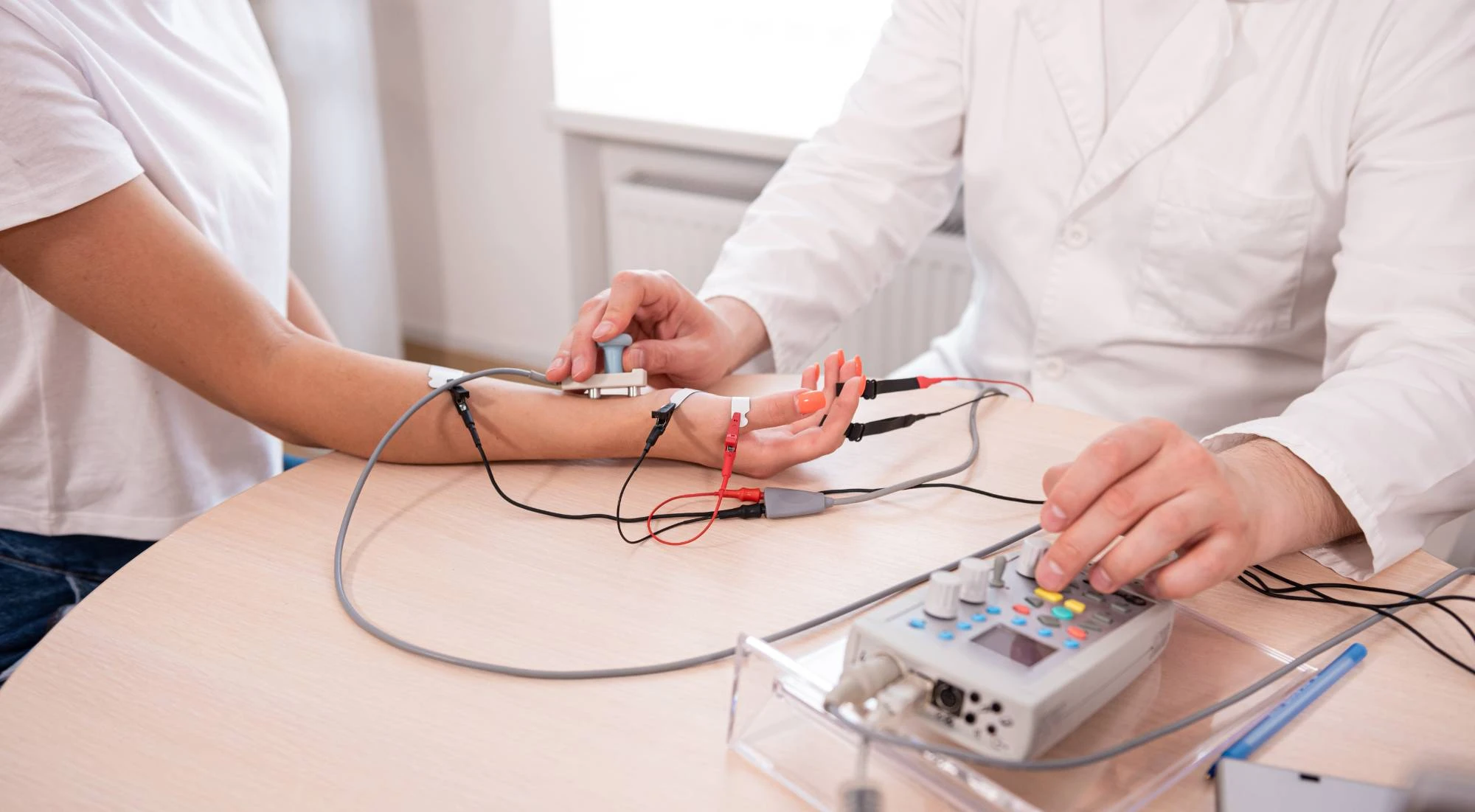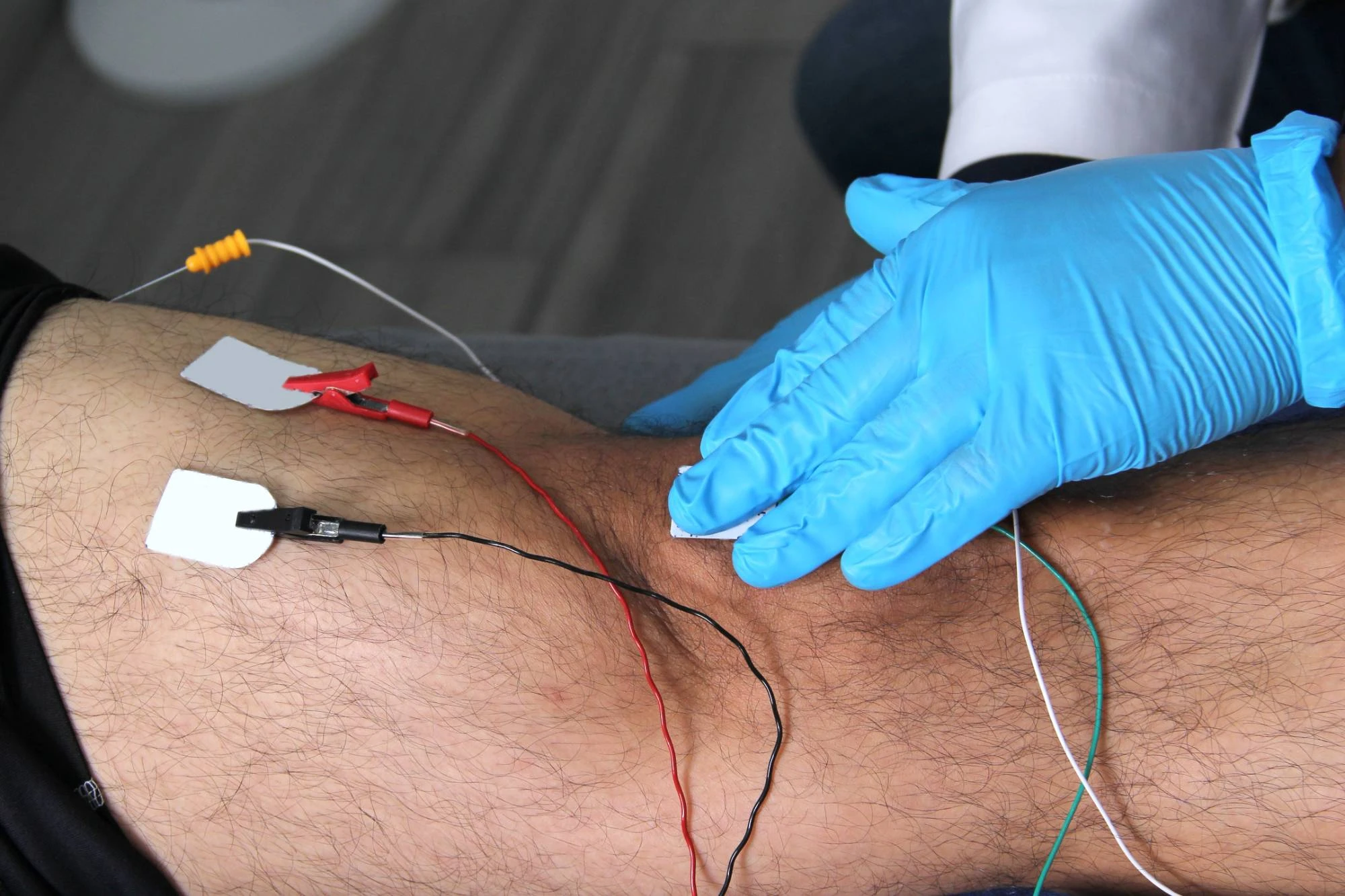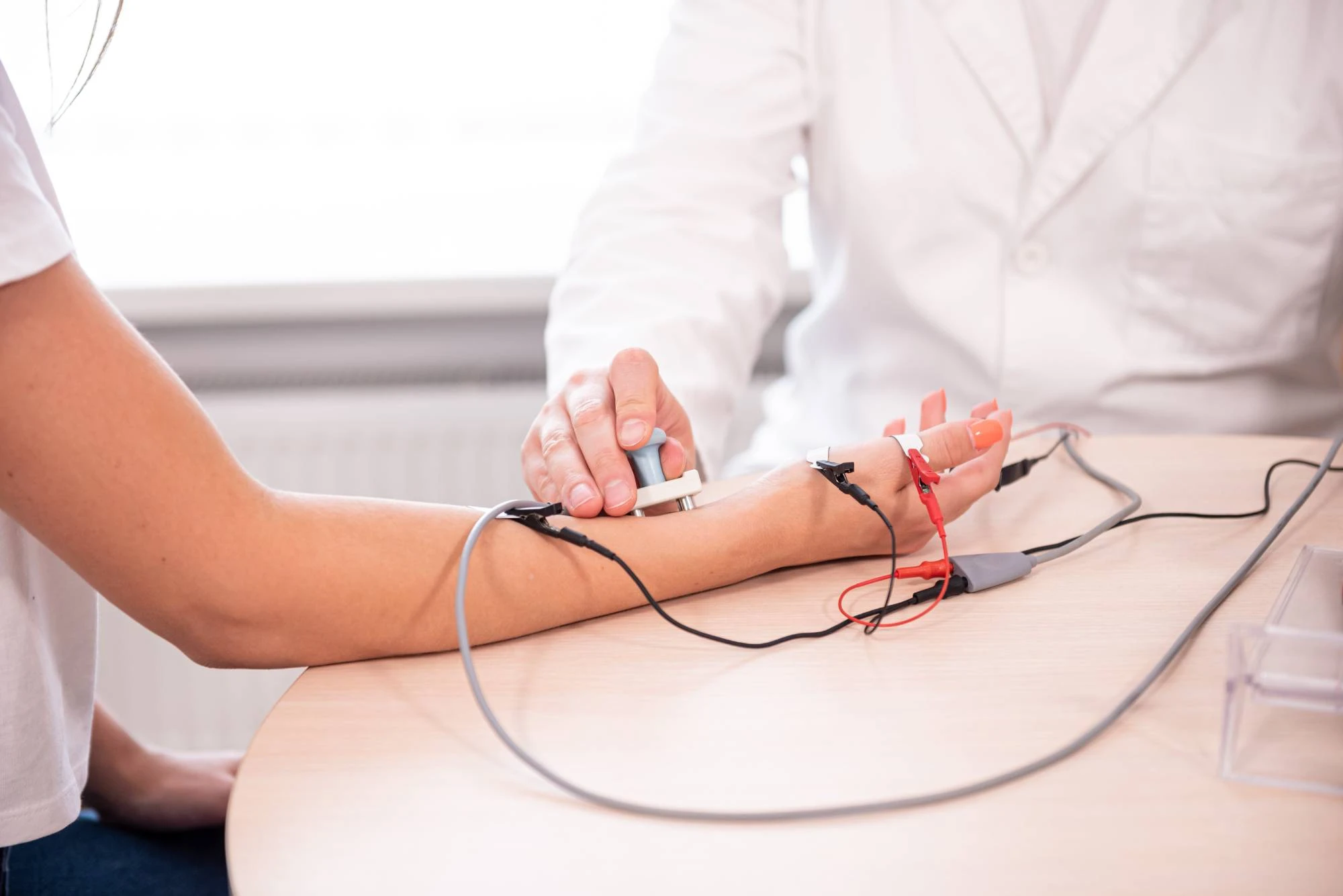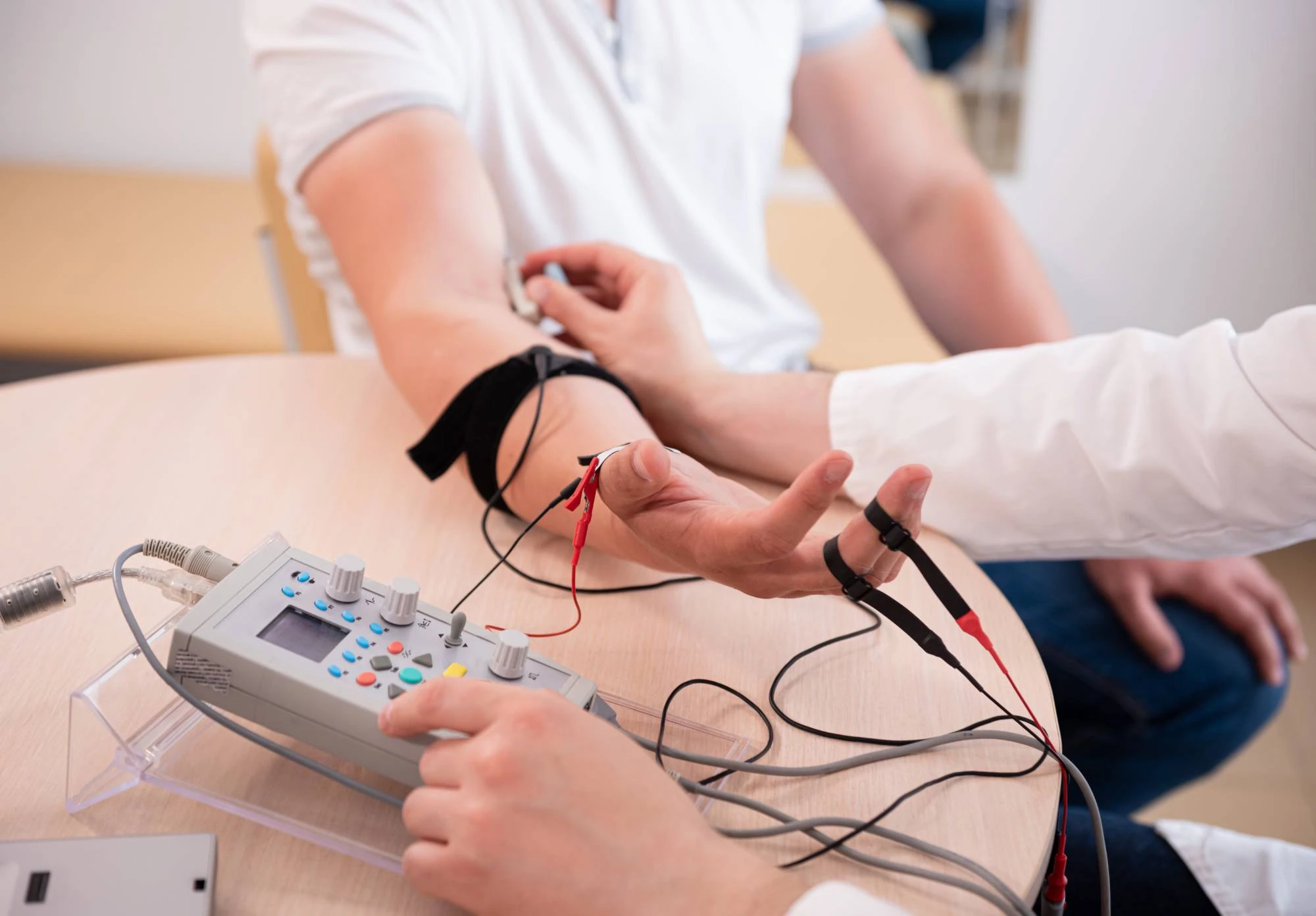Advanced EMG testing reveals exactly what’s causing your muscle weakness, numbness, or tingling sensations.

Reviews

You’ve been dealing with unexplained symptoms long enough. That tingling in your hands, the weakness in your legs, the numbness that comes and goes – it’s real, and it has a cause.
EMG testing gives you the definitive answers you need. Instead of guessing or trying treatments that might not work, you’ll know exactly which nerves or muscles aren’t functioning properly. This means your doctor can create a treatment plan that actually addresses your specific condition.
The relief isn’t just physical. When you finally understand what’s happening in your body, the anxiety and frustration start to fade. You can move forward with confidence, knowing you’re treating the right problem the right way.
We’ve been serving South Florida patients for years, specializing in comprehensive spine and nerve care. Our team includes board-certified physicians who understand that accurate diagnosis is the foundation of effective treatment.
Located in Redland, FL, we serve patients throughout Miami-Dade County who need reliable answers about their neurological symptoms. Our focus isn’t just on running tests – it’s on interpreting results accurately and explaining what they mean for your specific situation.
Every EMG test is performed by our experienced specialists who’ve helped thousands of patients get the clarity they need to move forward with their health.

Your EMG testing appointment typically takes 30-60 minutes and includes both electromyography and nerve conduction studies. First, small electrodes are placed on your skin to measure nerve signals. This part feels like tiny taps and helps evaluate how well your nerves transmit electrical impulses.
Next, a thin needle electrode is inserted into specific muscles to record their electrical activity. While this sounds uncomfortable, most patients describe it as similar to getting blood drawn. You’ll be asked to relax certain muscles, then contract them gently so the equipment can measure their response.
Throughout the test, you’ll see and hear the electrical activity on a monitor. We explain what’s happening in real-time, so you understand what the signals mean. After testing is complete, you’ll receive your results the same day, along with a clear explanation of what they reveal about your condition.

Ready to get started?
Your EMG testing includes both electromyography and nerve conduction studies in one appointment. This comprehensive approach evaluates both your nerves’ ability to send signals and your muscles’ response to those signals.
The testing can diagnose conditions like carpal tunnel syndrome, peripheral neuropathy, pinched nerves, muscle disorders, and spinal nerve compression. Rather than guessing based on symptoms alone, you get objective data about exactly what’s not working properly.
Results are explained in terms you can understand, not medical jargon. You’ll leave knowing whether your symptoms are caused by nerve damage, muscle problems, or compression issues – and what treatment options will be most effective for your specific diagnosis.

New York:
Florida:
Support